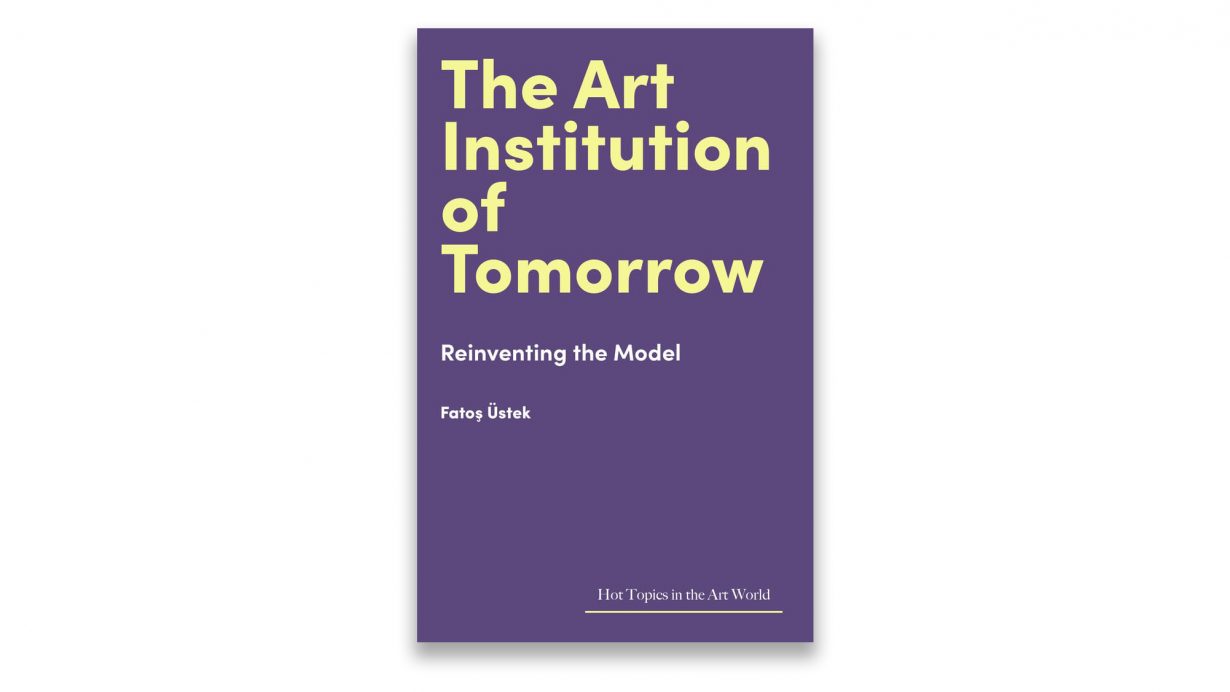There’s no doubt that today’s art institutions are fucked

Irrelevant, impotent and imperialist; closeted, colonial, canonical and unchanging. Elitist too. There’s no doubt that today’s art institutions are fucked. Although in this short polemic against how such organisations organise and position themselves, independent curator Fatoş Üstek puts their plight in more elegant terms. She points out that, given the fact that societies today are being endlessly buffeted by the climate emergency, identity crises, mass migration, war, financial meltdowns, the effects of digital and other new(ish) technologies, and that these all now impact on the stuff that falls within the category of contemporary art, it’s little wonder that our cultural institutions are struggling to keep up. They’re trying to do too much: to be spaces for aesthetic display, social outreach, education and technological innovation, as well as being commercial enterprises scrabbling to cover increased costs and decreased funding.
In the face of these multiple ailments Üstek attempts to offer a cure: ‘new ideas to develop institutional models and directorial and curatorial positions’, as she markets it. Although these ideas are not necessarily all Üstek’s own (the book is loaded with interviews with the artworld’s curatorati class), they reflect a synthesis of best-practice models from around the world. Well, mainly from the Global North. There’s no mention, for example, of the institutional questions raised by Indonesian collective ruangrupa when they were directing the recent Documenta 15, or of the ways in which similarly alternative models are forged in the rest of Asia or in Africa. Some biases, it seems, are harder to overcome than others.
Üstek is forensic through the first part of the book as she maps out the reasons behind institutional failure. With their imposing architectures, negligible artist fees, reliance on old centralised power structures, consequent unhealthy working environments for staff, dependence on the whims of government arts policies and funders’ interests, and inability to grasp the fact that ‘culture today is not limited to public institutions but is a product of global society, with everyone contributing to culture in their own way’, she leaves you wondering: why should anyone bother preserving these lumbering institutional dinosaurs? Indeed, the question of why we shouldn’t start with a clean slate – whether or not any institutional model is worth saving – is a question that haunts this study throughout. In this respect, Üstek’s defence of institutions as a model is a little weak: we should care because art and artists allow institutions to ‘be more attuned to the changes in society’. The thesis here is somewhat circular – we need institutions to make artists important to society, because they are important to society.
Similarly, the fact that most of the people she talks to are invested in institutions, because they direct them or work with or within them, means that the question of whether we need them at all never gets fully addressed. Ironically then, it’s when Üstek ventures outside of art to explore alternative business models – such as decentralised autonomous organisations (a member-owned business model in which governance and finance are handled via blockchain technology), or the more general potential of digital technologies to allow institutions to operate beyond the constraints of their site – that her thesis becomes more interesting.
In the push for an answer, Üstek is impressively if bureaucratically thorough, exploring all aspects of the art institution: mission, management, finance, audience engagement and collective empowerment. She persuasively argues that horizontal and networked styles of management represent the only reasonable way in which institutions can respond to our current complexity. Institutions must (her concluding chapter is a mantra of imperatives) have a clear purpose and an empowered workforce, be financially self-reliant to be programmatically self-reliant, be committed to risk and continual learning, be resistant to received wisdom when it comes to exhibition-making and always produce critical reactions rather than parroting society’s questions. If you’re committed to art’s infrastructures and want to save your job, then the learning starts here.
The Art Institution of Tomorrow: Reinventing the Model by Fatoş Üstek. Lund Humphries, £19.99 (hardcover)